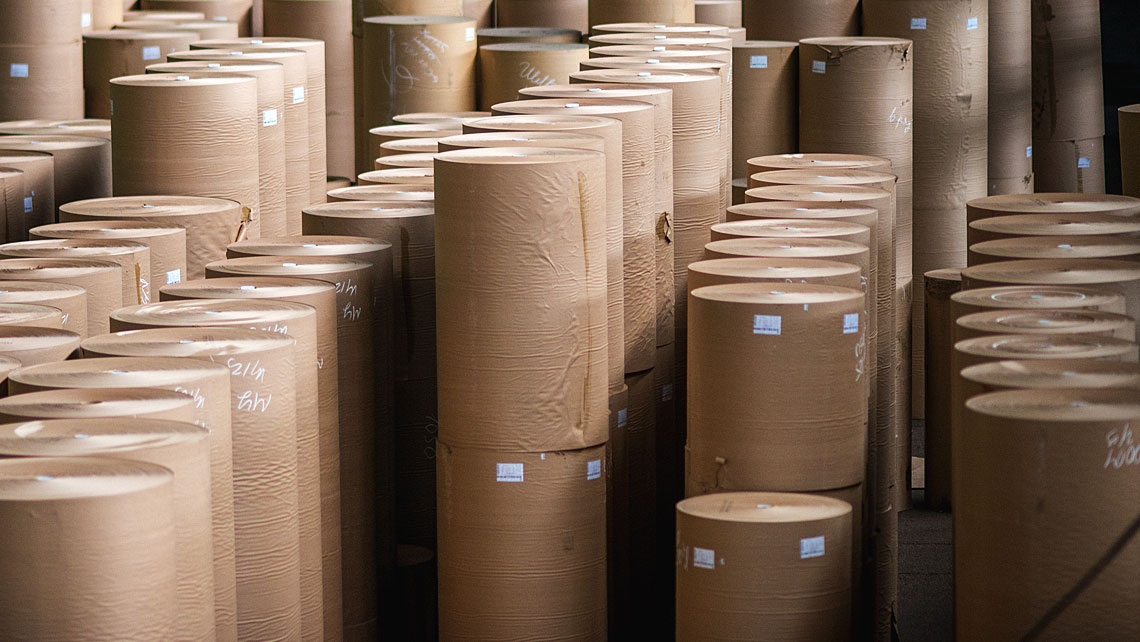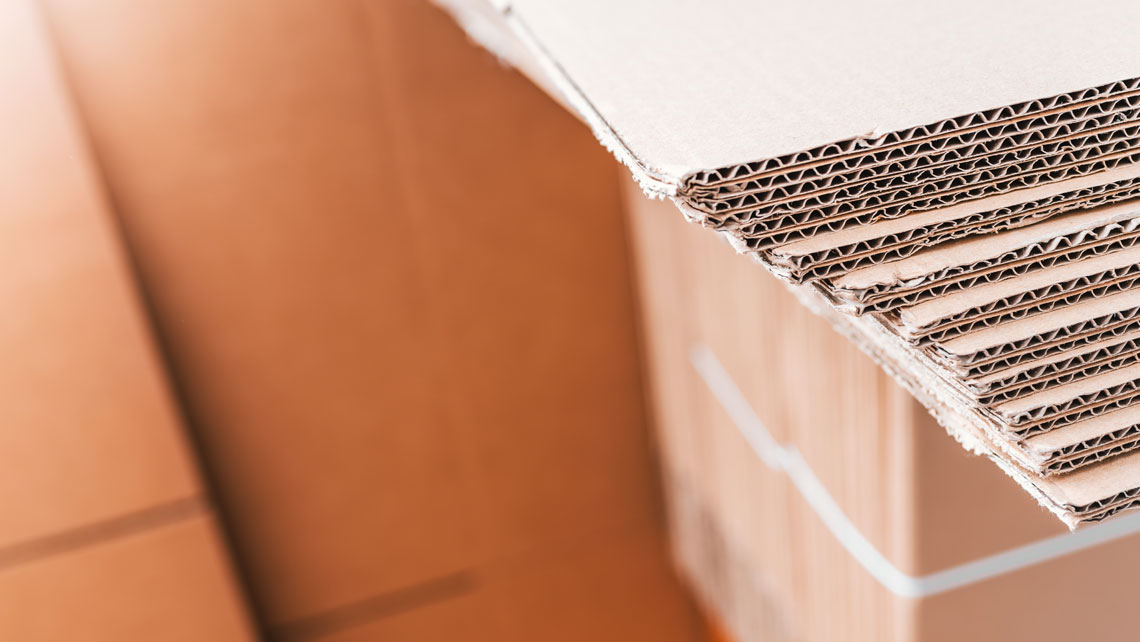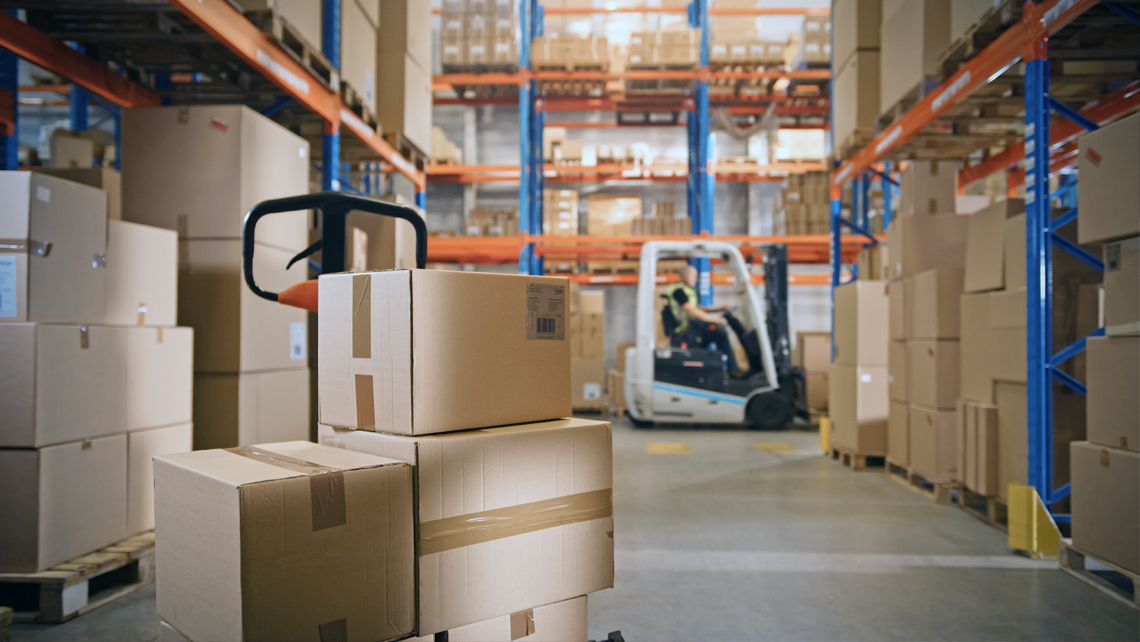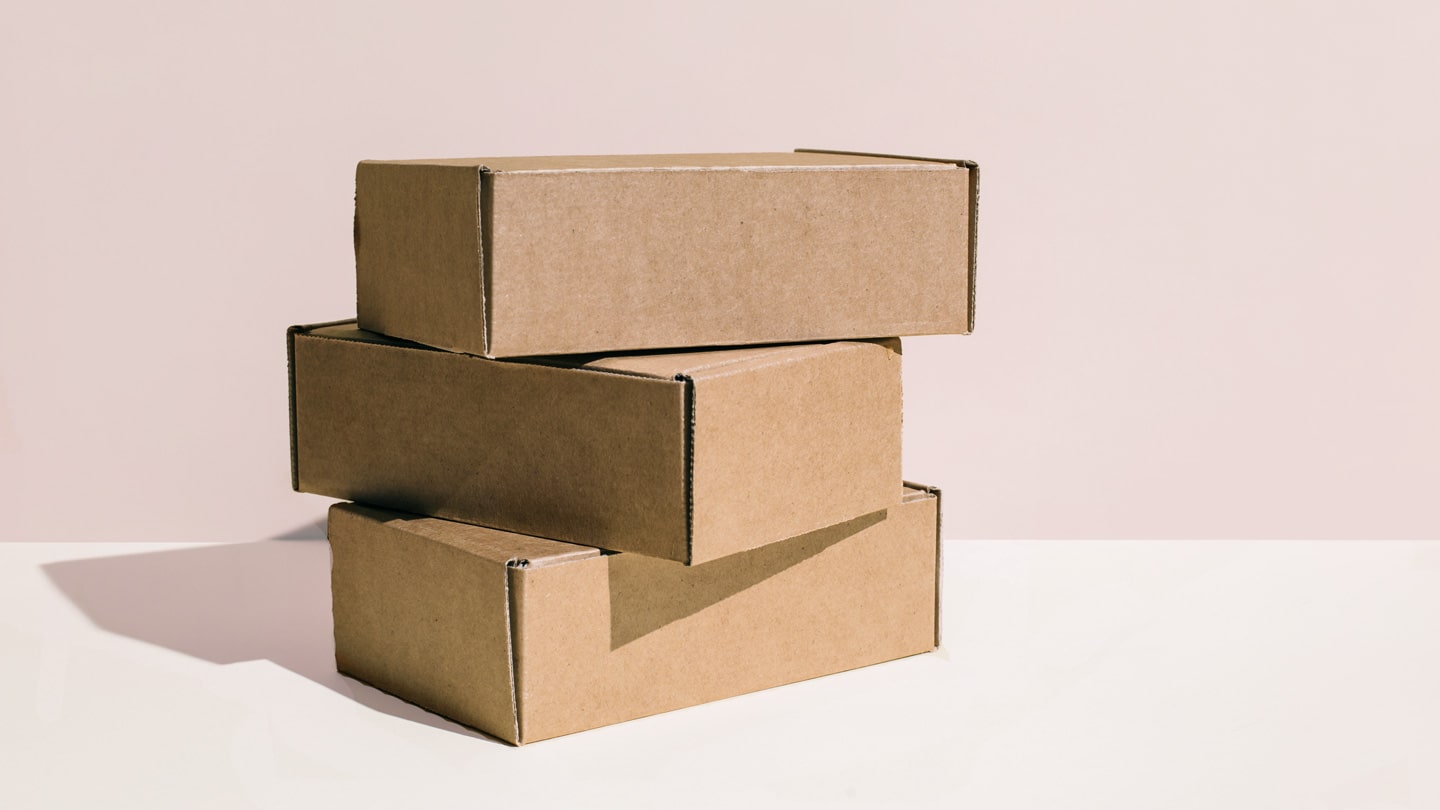One aspect of sustainability that can sometimes get overlooked in today’s discussion is the impact that our papermaking chemicals and application expertise have on our customers’ operations,” highlights Peter Jelinek, Subject Matter Expert, Paper and Tissue Excellence at Kemira.
“We enable efficient and sustainable operations for our customers with our solutions, helping them to use less raw materials or reduce the water and energy consumption. These are important metrics for their production footprint. Dry strength chemistry is an excellent example here. The right choice in strength resin ensures that you meet the strength targets with your end-product. It can also bring a lot of additional benefits that impact your efficiency, profitability, and sustainability.”
Peter shared his insights into the topic of sustainable dry strength solutions for paper and board in a recent webinar together with other Kemira experts Jan-Luiken Hemmes, Sr. Manager, Strength, Business Development, and Jonas Konn, Principal Scientist, Fiber and Bioeconomy, R&D and Technology.




